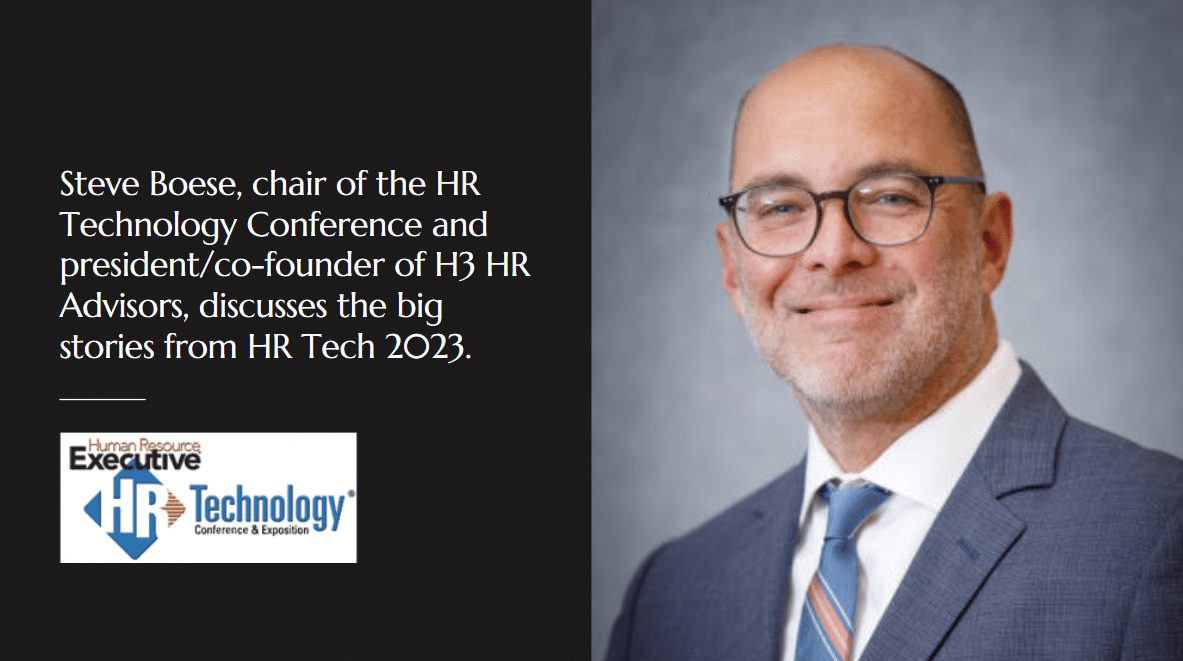When labor researchers look back on this chapter in time, they will likely deem it “the era of skills.” Nearly every organization wants to become skills-based or skills-centric as they finally recognize the significant value that skills visibility presents across the organization. Even so, this journey remains nascent because, while employers know what they want, they don’t necessarily know how to get it. And nowhere is this more apparent than in succession planning.
Historically, succession planning has proved challenging, with only some roles—primarily in the C-suite—deemed worthy of the effort. As such, succession planning has rarely been an enterprise-wide initiative. This kind of mindset is counterproductive, especially if the goal is the organization’s long-term viability.
Identifying a gap between reality and intent, Deloitte conducted a years-long research study that found, “Most companies doing succession planning are often derailed by a host of symptoms that point back to a common culprit: the failure to recognize and address the impact of human behavior on the succession-planning process.” This distinction is important because, as the American Psychological Association explains, “Human skills are based in behavior.”
Building a skills-based succession-planning strategy
Considering the link between skills and behavior, skills visibility is fundamental to building a successful succession-planning strategy. Leveraging skills and continuously reevaluating those skills to inform and update talent pools and talent pipelines is critical to long-term success.
Here are five ways to do that:
1. Rebuild rather than revisit
Succession planning is a “what goes around, comes around” talent strategy for a few reasons. For one, it enables organizations to retain employees, ensuring the ability to navigate evolving labor market conditions.
For another, researchers like Josh Bersin have known what successful succession planning entails for years that: “We are greater than me.” These types of strategies require empowering employees, operating collectively and measuring the results. What’s different today is how and where organizations apply succession planning to their business.
Recommendation: Rather than dust off the same succession-planning strategy used in years prior, consider how the organization’s current state will inform its future state.
2. Set a why
Rather than focus only on specific roles, focus on a desired outcome. Though outcomes vary by organization, HRD points out that succession planning is a practical way to minimize disruption through proactive risk management, enabling organizations to adapt to changing circumstances and fill critical roles with little to no negative impact on productivity and performance. Taking an expanded definition can provide benefits across the organization and enable employees at all levels to showcase skills that might otherwise be overlooked.
Recommendation: Knowing there are multiple ways to use succession planning, start by designing a strategy that connects a specific need to a measurable result.
3. Promote skills visibility
Having the right people in the right place at the right time is critical, so with a why in place, take the time to assess and evaluate the skills, competencies and organizational knowledge that currently exist across the business.
This level of insight will help determine succession candidates as well as any at-risk roles, teams or business units. As Deloitte suggested, failing to see what’s already there is often the root cause of why these initiatives fail, making it even more important to prioritize skills visibility from the start.
Recommendation: Skills are the currency of the modern workplace and should be factored into any succession-planning strategy. By understanding what exists, it’s possible to envision where to go and how to bridge skill gaps.
See also: How to capitalize on skills tech offerings in a market now worth $1.3B
4. Connect efforts
Remember that every employee brings a unique set of skills and knowledge to both their role and the organization. LinkedIn Research shows that employees are twice as likely to stay if they have the chance to take on other opportunities within the business. This is why succession planning cannot operate in a vacuum; it must be knitted into a larger talent framework. Keeping employees engaged and satisfied at work is as much a part of succession planning as it is internal mobility, learning and development and other strategies.
Recommendation: As business objectives are apt to change over time, so are employees’ wants, needs and desires. Be sure to keep the employee experience top of mind throughout the process.
5. Stay agile
To follow through on the addressing human behavior piece of Deloitte’s findings, organizations need to centralize and institutionalize succession planning. There are a few ways to go about this, from capturing knowledge before people have the chance to leave the organization to creating personalized development plans to advance skills development. It’s one thing to have visibility. It’s another to use this to the organization’s advantage.
The right technology will automatically map out career paths, match employees with opportunities that facilitate growth and support talent deployment to fill vacancies and maintain active talent pipelines.
Recommendation: Don’t lose sight of the plan once enacted. Lean on technology to support these changes as goals and circumstances continue to evolve.
SHRM notes that “Succession planning is used to anticipate the future needs of the organization and to assist in finding, assessing and developing the human capital necessary to realize the strategy of the organization.” There is nothing short-term about succession planning, nor should there be.
And while the saying goes, “The best-laid plans …” in this instance, that means revisiting and retooling along the way, changing course as the need for different skills and behaviors ebbs and flows, and sticking with succession planning until it becomes deeply entrenched as an integral part of the organizational makeup.
Credit: Source link











